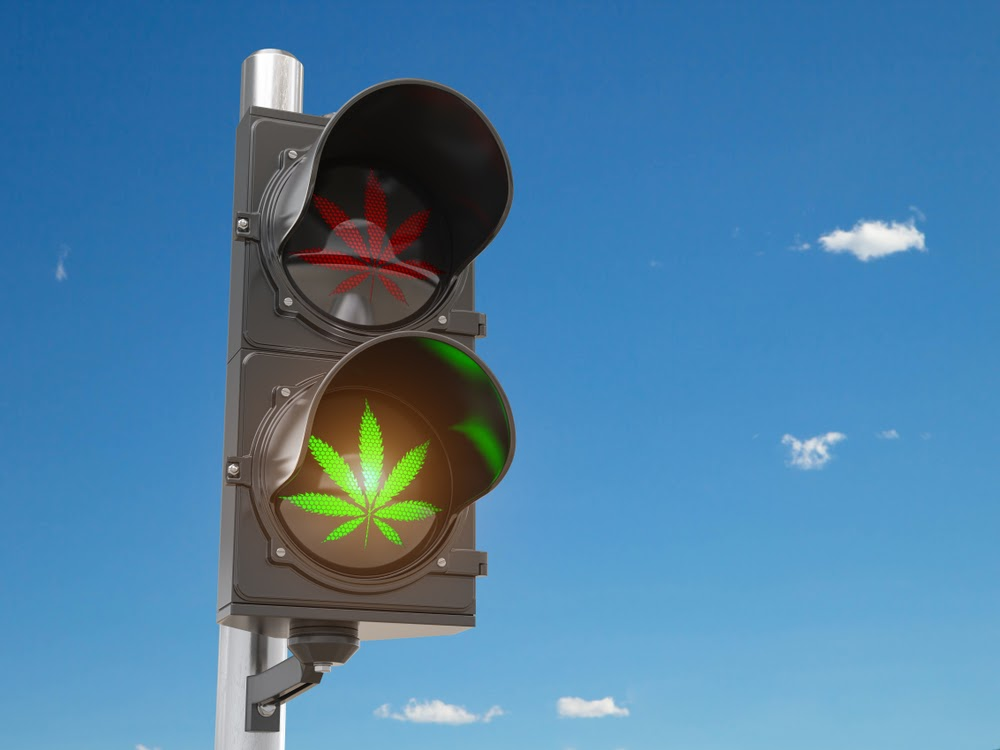Marijuana Legalization Does Not Lead to More Accidents or Teen Drug Use
Opponents of marijuana legalization often claim that lifting the ban on the plant leads to an increase in accidents and teenage drug use. However, research and surveys conducted in U.S. states that have legalized marijuana contradict these claims.
How Does Legalization Affect Teen Cannabis Use?
After recreational marijuana sales began in Washington in 2014, the number of cannabis users among students aged 13 to 17 remained unchanged. As of 2018, 7% of eighth graders had used cannabinoids in the past 30 days, while this figure was 18% among tenth graders and 26% among twelfth graders. In Colorado, which legalized marijuana in 2012, the percentage of teens aged 12 to 17 who used cannabis dropped from 20% to 19% between 2013 and 2017, and the number of teenagers who had ever tried cannabinoids decreased from 37% to 35%. In California, the number of young marijuana smokers fell by 3.4% after the plant was decriminalized in 2011.
Nevertheless, marijuana law reform has changed Americans’ attitudes toward the plant. The number of high school students who believe that marijuana use carries significant risks has nearly halved over the past 10 years—from 60% to 28%. According to Lisa James, spokesperson for the public organization “Arizonans for a Healthy and Safe Community,” marijuana legalization in U.S. regions is helping to break down the social stigma around cannabis. She expects that this could lead to increased marijuana use among teenagers in the future.
Alcohol Is More Dangerous Than Marijuana
Researchers at the University of Texas at Austin found that three years after marijuana was legalized in Washington and Colorado, the number of fatal accidents did not change. Sam Cole, a manager at the Colorado Department of Transportation, commented on the findings: “The number of drivers operating vehicles under the influence of drugs did not increase after legalization. Alcohol is a much more serious problem. In 2018, drivers under the influence of marijuana were involved in about 8% of 632 fatal accidents, while drunk drivers accounted for 33%.”
The number of fatal traffic accidents in California decreased by 8.3% from 2017 to 2018 (marijuana sales began in 2018). Moreover, in California, Colorado, and Washington, the road fatality rate per mile is lower than in Arizona, where marijuana remains illegal. The only concern is the increase in the number of drivers who test positive for both alcohol and THC. Officials do not provide exact statistics but claim that this figure has risen significantly.
Surveys in Washington have shown that drivers who have been drinking often smoke marijuana to try to sober up. Clinical trials by researchers at Harvard Medical School indicate that cannabis reduces the bioavailability of ethanol, so the intoxicating effect of alcohol is weaker. However, when alcohol and marijuana are used together, the maximum concentration of THC increases, which means the effects of cannabis are intensified.



